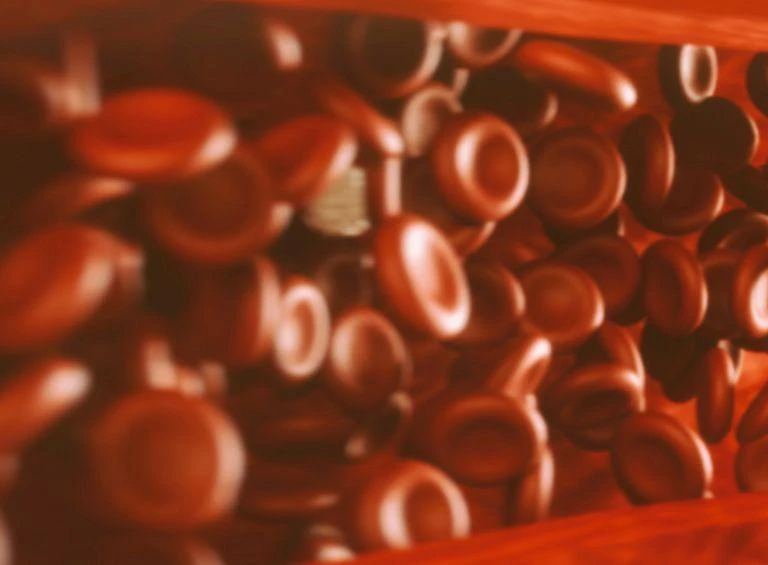P2Y12 inhibitor adherence trajectories in ACS

Prognostic implications of P2Y12 inhibitor adherence trajectories in patients with acute coronary syndrome undergoing percutaneous coronary intervention
Key Takeaway
This population-based cohort study evaluating the P2Y12 inhibitor adherence trajectories among patients with ACS after PCI using the APPROACH* registry demonstrated:
- Patients follow one of five distinct P2Y12 inhibitor adherence trajectories that are associated with several socioeconomic and clinical risk factors
- Rapid decline and delayed initiation of P2Y12 inhibitors were associated with a higher risk of MACE
- Early consistent nonadherence trajectory was significantly associated with "MACE", only in patients with a drug-eluting stent
- Future studies evaluating decision support tools are needed, which can identify patients at risk of a non-adherent trajectory, plus individualized intervention to modify these trajectories.
Why This Matters
- P2Y12 inhibitor nonadherence is common among patients with ACS, which can lead to an increased risk of recurrent MACE.
- Nonadherence can follow several different patterns or trajectories, which may have distinct causes that may allow for tailored interventions.
Study Design
Adult patients ≥18 years of age who underwent PCI for ACS between 1 April 2012 and 31 March 2016 in the province of Alberta, Canada were included.
Exclusion criteria
- Prevalent P2Y12 inhibitor users
- First fill for prasugrel
- Patients who died during or post index ACS hospitalization
Outcomes evaluated
Patients were followed for 12 months after discharge to assess:
- P2Y12 inhibitor adherence trajectories (primary outcome)
- MACE occurrence (secondary outcome)
Key Results
Overall, 12,844 patients were included in this analysis (mean age = 62.4 years; female = 24.6%)
Five distinct P2Y12 inhibitor adherence trajectories were seen
| Group | Adherence trajectory | Observation | Prevalence (%) within the cohort |
| 1 | Early consistent non-adherence | No initiation or prompt discontinuation of P2Y12 inhibitor use within the first month | 11.0% |
| 2 | Rapid decline | Discontinuation of P2Y12 inhibitor use after persisting for 3 months | 7.7% |
| 3 | Delayed initiation | Poor initial P2Y12 inhibitor adherence with improvement over study period | 6.0% |
| 4 | Gradual decline | Initial high P2Y12 inhibitor adherence with steady decline | 20.5% |
| 5 | Persistent adherence | High P2Y12 inhibitor adherence throughout study period | 54.8% |
Risk factors for P2Y12 inhibitor use trajectories
| Group | Risk factors significantly associated with P2Y12 inhibitor use as compared to group 5 (Persistent adherence) |
| 1 | Older age and lower likelihoods of PVD, ticagrelor or PPI use |
| 1 and 2 | Prior PCI, current smoking, heart failure, malignancy, bare-metal stent, PCI without stent, lower eGFR, and lower concomitant use of other preventive medications |
| 2 | High Pampalon material deprivation |
| 3 | Younger age, lower socioeconomic status, higher likelihood of smoking, bare-metal stent or no stent, EF <20%, and lower ACEI/ARB, beta-blocker, statin, or PPI use |
| 4 | Younger age, lower socioeconomic status, higher likelihood of prior PCI or CABG, smoking, bare-metal stent placement, EF 20–34%, ticagrelor use, and lower ACEI/ARB, or PPI use ≤120 days after index date |
Association of P2Y12 inhibitor use with mace*
| Risk factors significantly associated with P2Y12 inhibitor use as compared to group 5 (Persistent adherence) | |||
| Group | HR† | 95% CI | Status |
| 1 | 1.10 | 0.86–1.40 | Not significant risk |
| 2 | 1.23 | 1.01–1.49 | Significantly higher risk |
| 3 | 1.41 | 1.12–1.78 | Significantly higher risk |
| 4 | 1.11 | 0.96–1.29 | Not significant risk |
Association of P2Y12 inhibitor use with mace in group 1*
| Risk of mace in group 1 | |||
| Group | HR† | 95% CI | Status |
| ≥1 drug-eluting stent | 2.44 | 1.60–3.71 | Significantly higher risk |
| Bare-metal stents | 0.85 | 0.62–1.17 | Not significant risk |
* Statistically significant associations are displayed in bold
† Adjusted for significant variables
Association of P2Y12 inhibitor use with major bleeding*
| Risk of major bleeding compared to group 5‡ | |||
| Group | HR† | 95% CI | Status |
| 1 | 1.50 | 1.12–2.02 | Higher risk§ |
| 2 | 1.40 | 1.09–1.79 | Higher risk§ |
* Statistically significant associations are displayed in bold
†Adjusted for significant variables
‡No association was seen for Groups 3 and 4
§A higher risk was seen early after the index event
Limitations
- Data from a central prescription drug dispensation registry was used to measure P2Y12 inhibitor exposure and adherence, which assumed that patients took them as filled and may overestimate true adherence.
- Despite adjustment and measurement for known angiographic, clinical, and laboratory variables, residual unmeasured confounding may persist while evaluating associations between adherence trajectories and MACE.
*APPROACH: Alberta Provincial Project for Outcome Assessment in Coronary Heart Disease
Abbreviations: ACS, acute coronary syndrome; ACE,I angiotensin-converting enzyme inhibitors; ARB, angiotensin II receptor blockers; CABG, coronary artery bypass surgery; CI, confidence interval; EF, ejection fraction; eGFR, estimated glomerular filtration rate; HF, heart failure; HR, hazard ratio; MACE, major adverse cardiovascular event; PVD, peripheral vascular disease; PCI, percutaneous coronary intervention; PPI, proton pump inhibitor.
References
Turgeon RD, Koshman SL, Dong Y, Graham MM. P2Y12 inhibitor adherence trajectories in patients with acute coronary syndrome undergoing percutaneous coronary intervention: Prognostic implications. Eur Heart J. 2022. doi: 10.1093/eurheartj/ehac116. Online ahead of print. PMID: 35296876.

.webp/jcr:content/p2y12-inhibitors%20(1).webp)